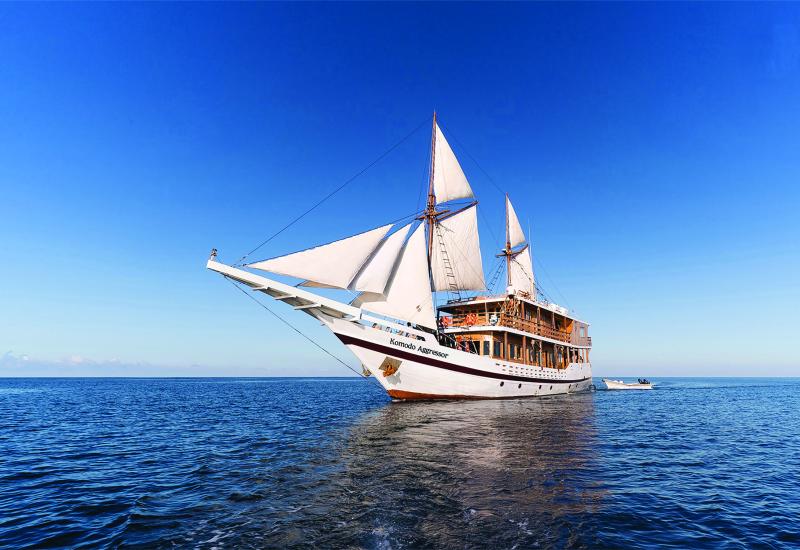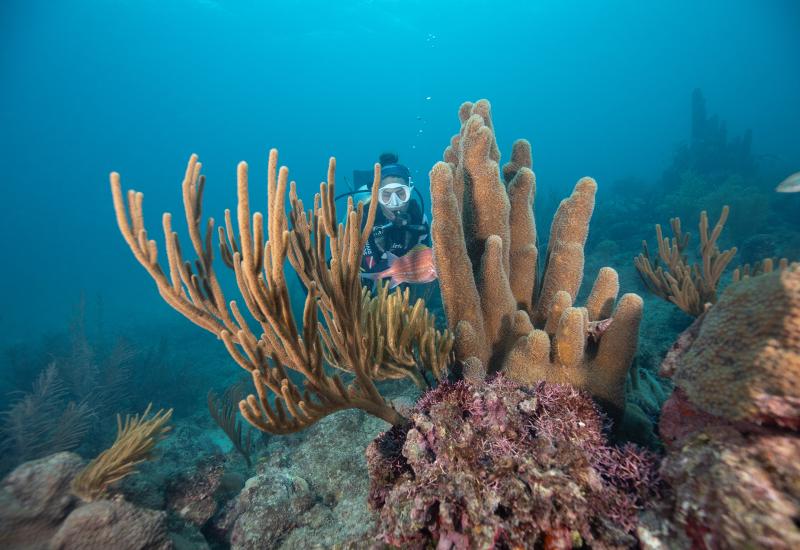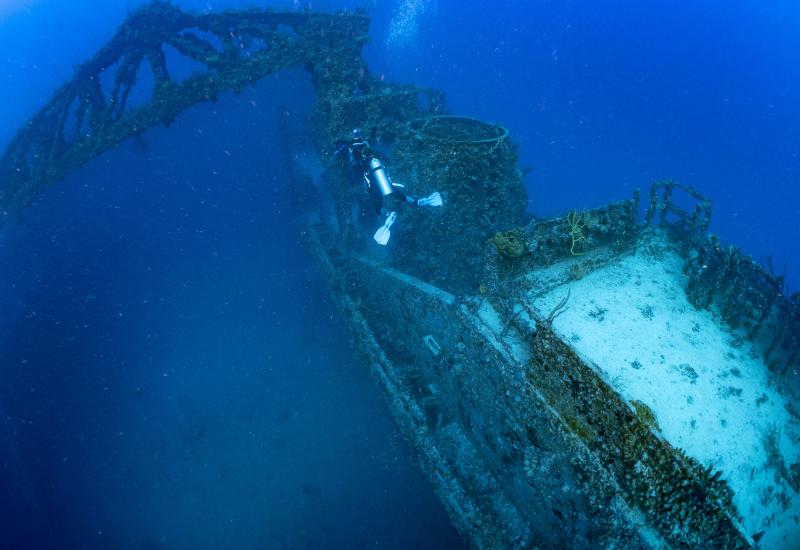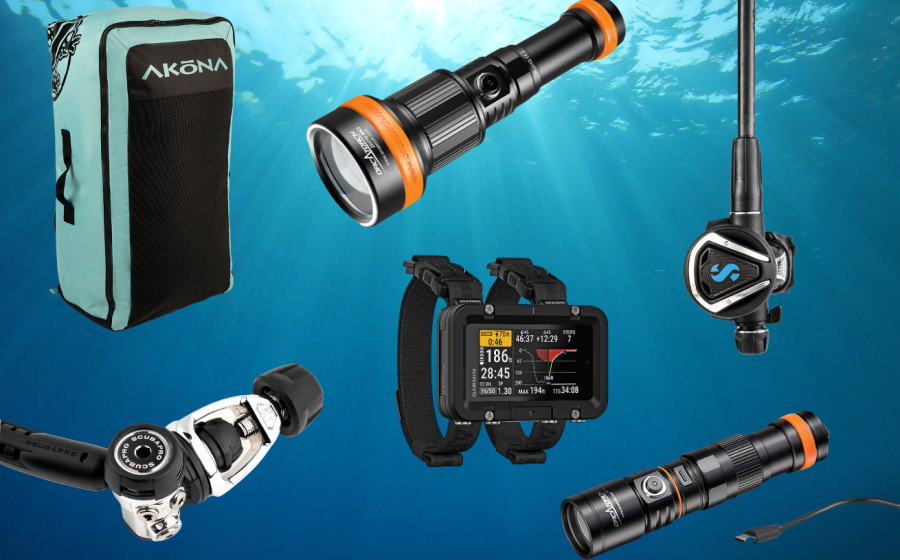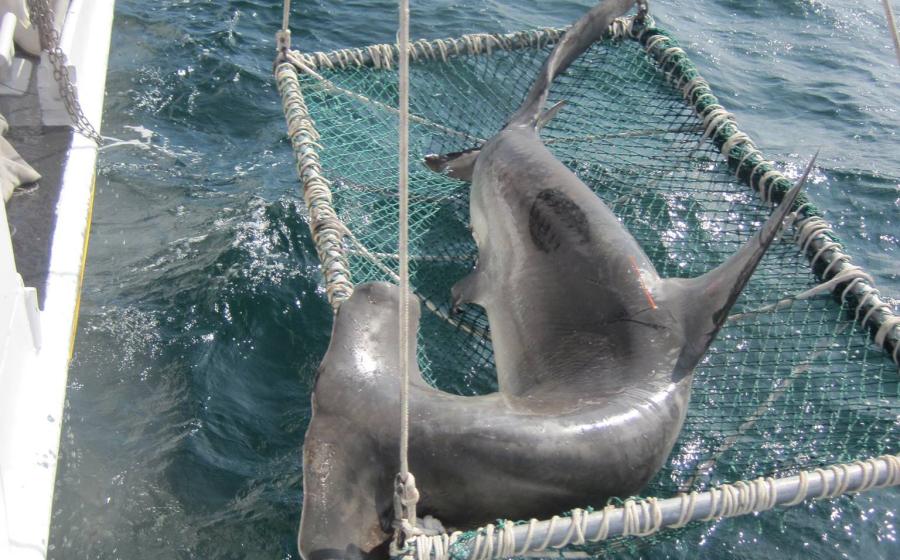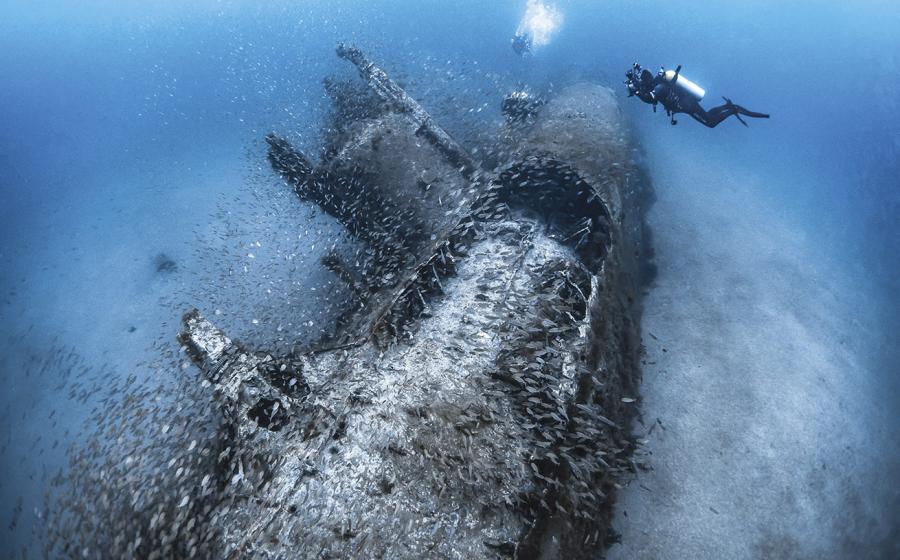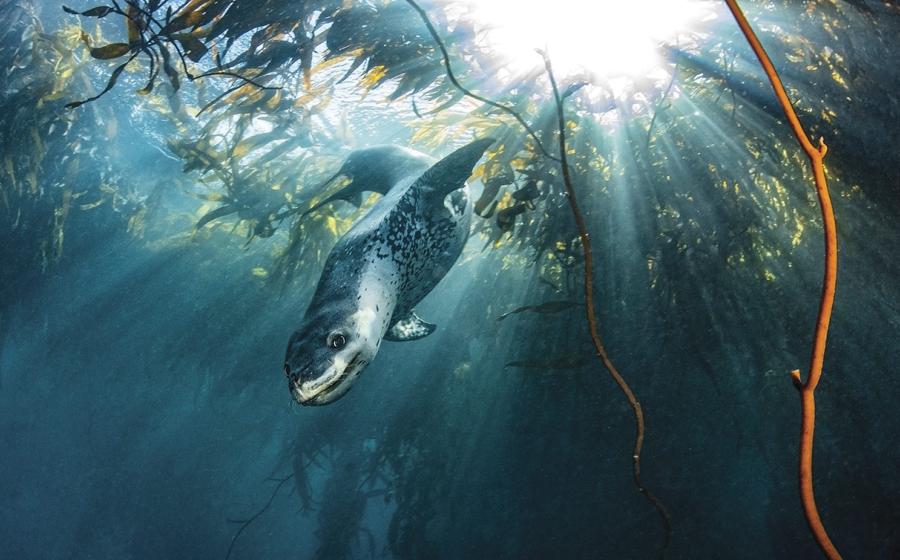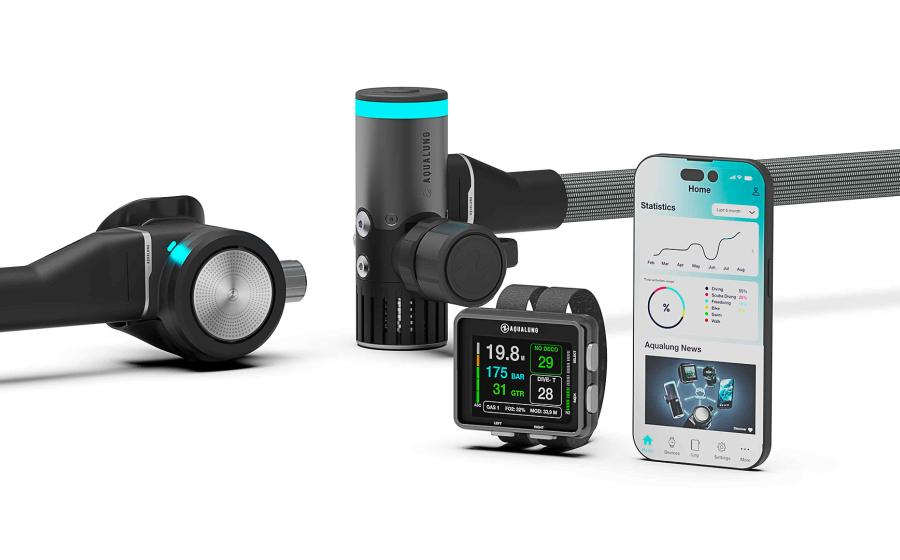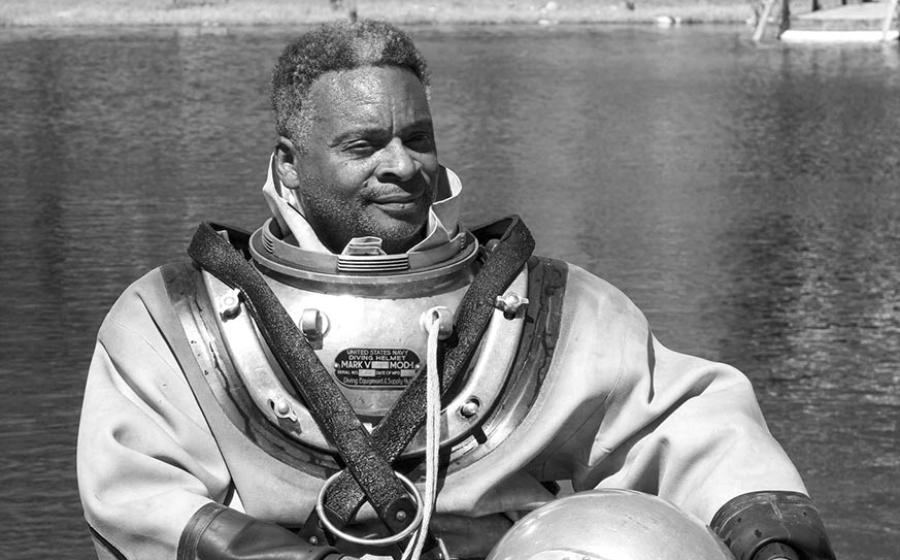A Diver’s Guide to Scuba Diving in Saba
The small island of Saba is known as the “Unspoiled Queen” of the Caribbean for good reason. Its land and seas remain beautifully, intentionally wild: The Sabans established the Saba National Marine Park in 1987, which surrounds the entire island and extends from the high water mark to 200 feet down. This volcanic paradise is known for its ecotourism—including scuba diving, climbing and hiking—but its nature isn’t overrun.
“One of the best things about our diving here is that you’re not sharing the reef with 200 other divers, every day,” says Chad Nuttall, co-owner of Sea Saba dive shop. "Currently, there are only three boats diving on the reef every day. And so that puts about a maximum of 30 divers sharing nature’s beauty with you.”
The Best Diving in Saba
“The variety of diving we have makes it interesting,” says Nuttall. “We have something for everyone, from deepwater pinnacles to shallow reefs. There’s lots of different structure, and it’s appropriate for divers of all levels.”
After a week of spectacular diving with the Saba Conservation Foundation and Sea Saba, here are my top sites.
The Needle
Dive Level: Advanced
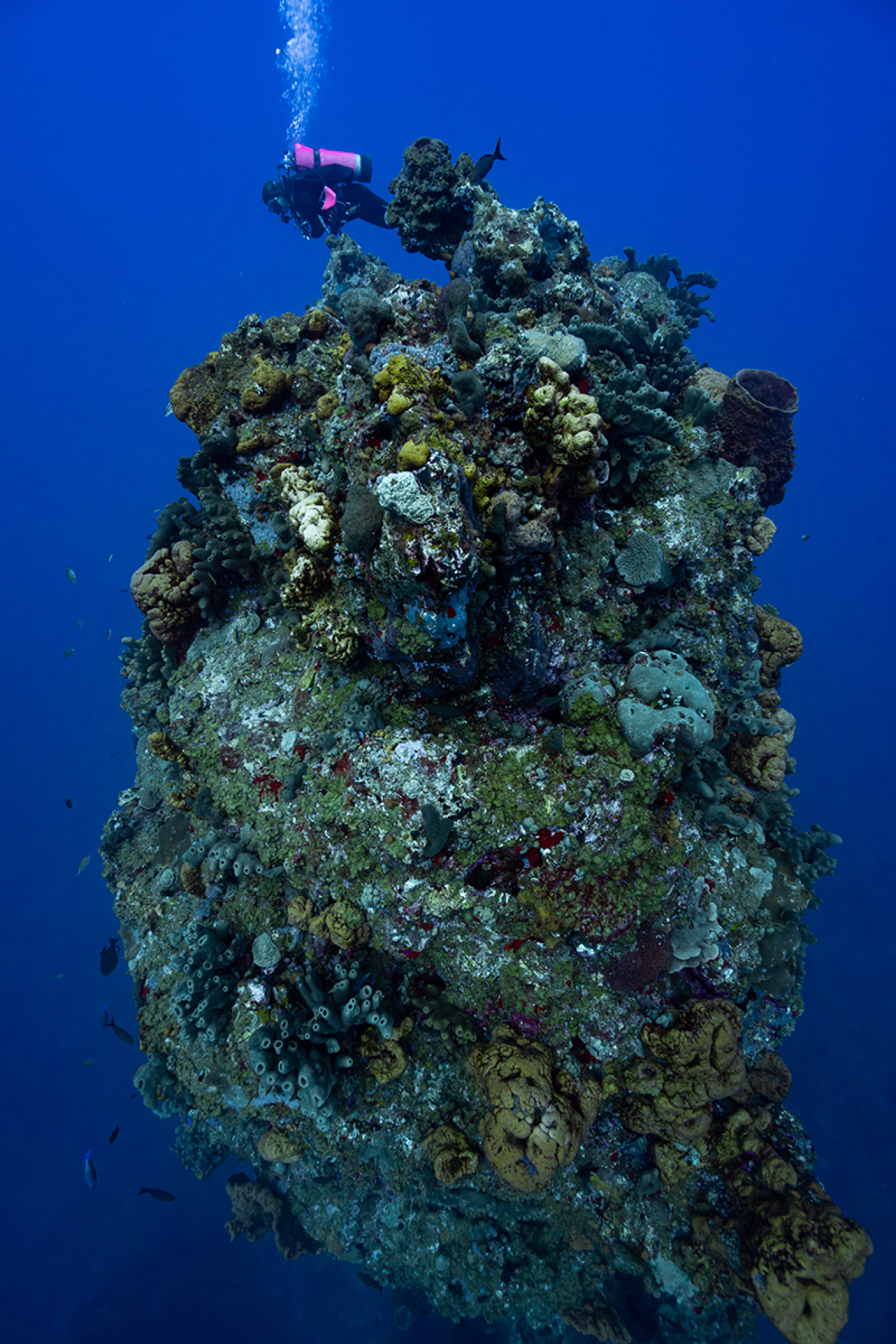
Chad Nuttall/Sea SabaA diver approaches the “Eye of the Needle,” the tip of a narrow pinnacle 90 feet down.
For many, this pinnacle is the dive in Saba. The top (or “eye of the needle”) sits at 90 feet, encrusted with corals, sponges and other invertebrates. It’s surrounded by 150 feet of water on all sides, where you’ll find large schools of horse eye jacks, nurse sharks, reef sharks and large grouper. Between January and April, you will hear humpback whales calling to each other underwater more often than not. There isn’t a buoy for this site, but you can swim here from the mooring for Third Encounter.
Man O’War Shoal
Dive Level: All
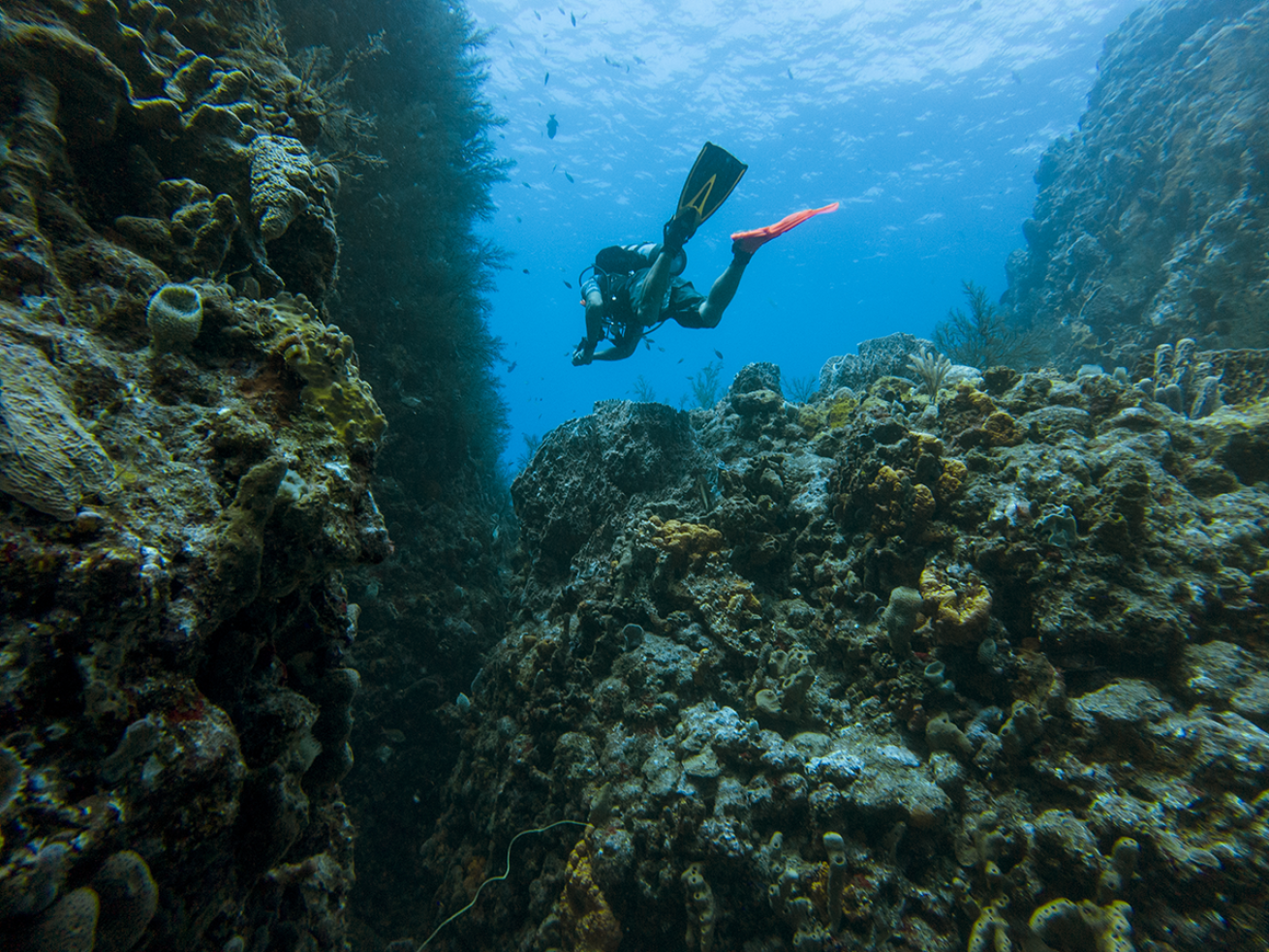
Tiffany Duong/Ocean RebelsA diver soars over the connection point on Man O’War Shoals, which is encrusted with rich marine life.
This dive site was easily my favorite on the island. Twin rocky peaks, connected at the base, rise from sandy bottom at 70 feet to about 15 feet below the surface. The entire structure is encrusted by yellow sponges so large and wild I sometimes mistook them for octopuses. You can also find black coral, sergeant majors, and sand tilefish, while frogfish and lobsters lurk in the crevices. An exposed site, you may encounter pelagics rarely seen on reefs, like Atlantic spadefish.
Start exploring by circumnavigating the base before slowly spiraling up between the two peaks. Beginner divers can float higher on the rock and still experience the dive fully, making this a great site for mixed-level dive groups. Hover above one of the peaks for your safety stop.
Core Gut
Dive Level: Novice to Intermediate
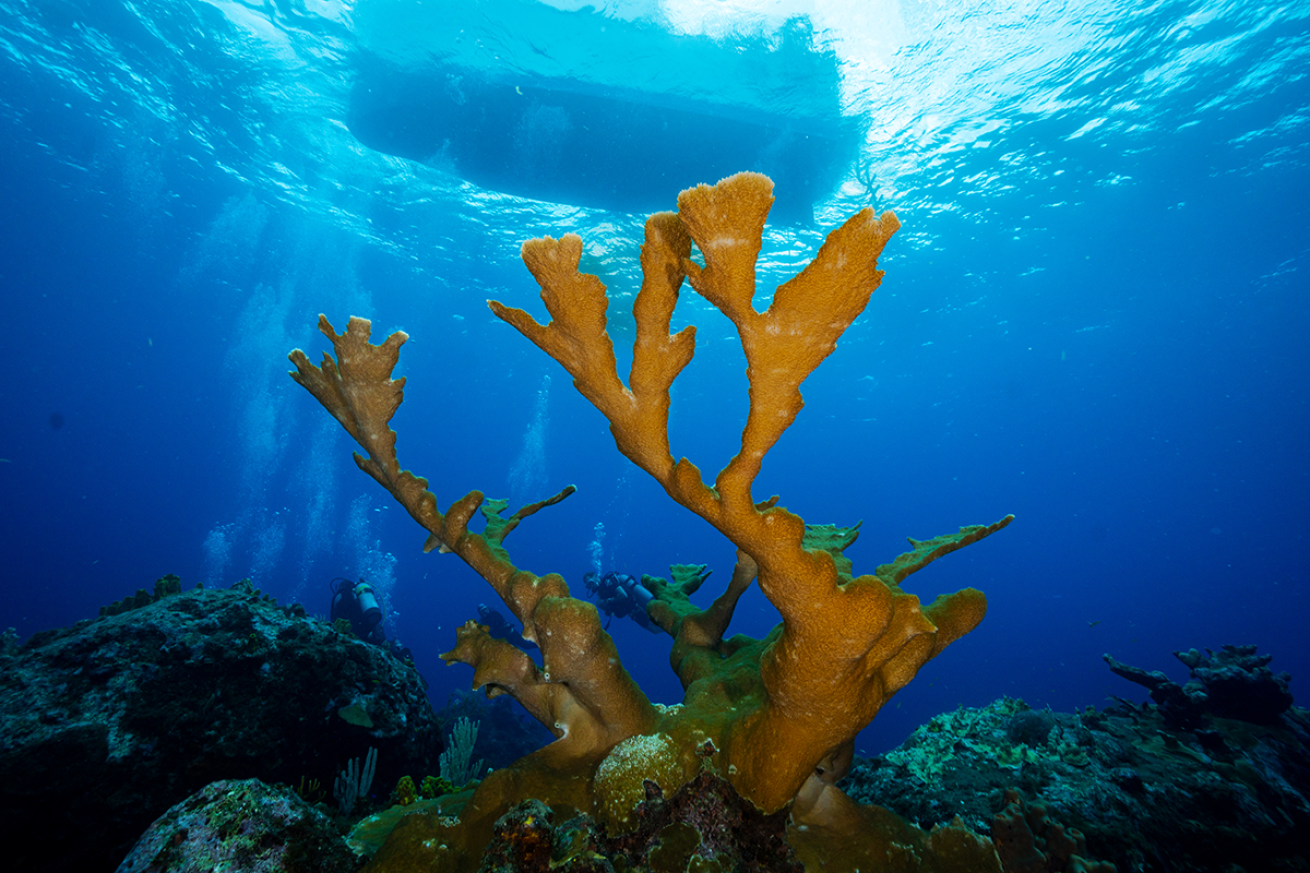
Chad Nuttall/Sea SabaA massive Elkhorn coral stand grows strong at Core Gut.
Diving is weather-dependent on this exposed site on the windward side of Saba. When the wind and waves cooperate, this is a gorgeous site to see stunning hard corals that develop in more turbulent waters. The first thing you’ll see after a short surface swim from your boat are huge boulders known as “smurf houses” for their bright coral coverage. Past the boulders, Core Gut becomes a wall dive, full of life and distinct coral formations you can’t see elsewhere on the island.
Hot Springs
Dive Level: Novice
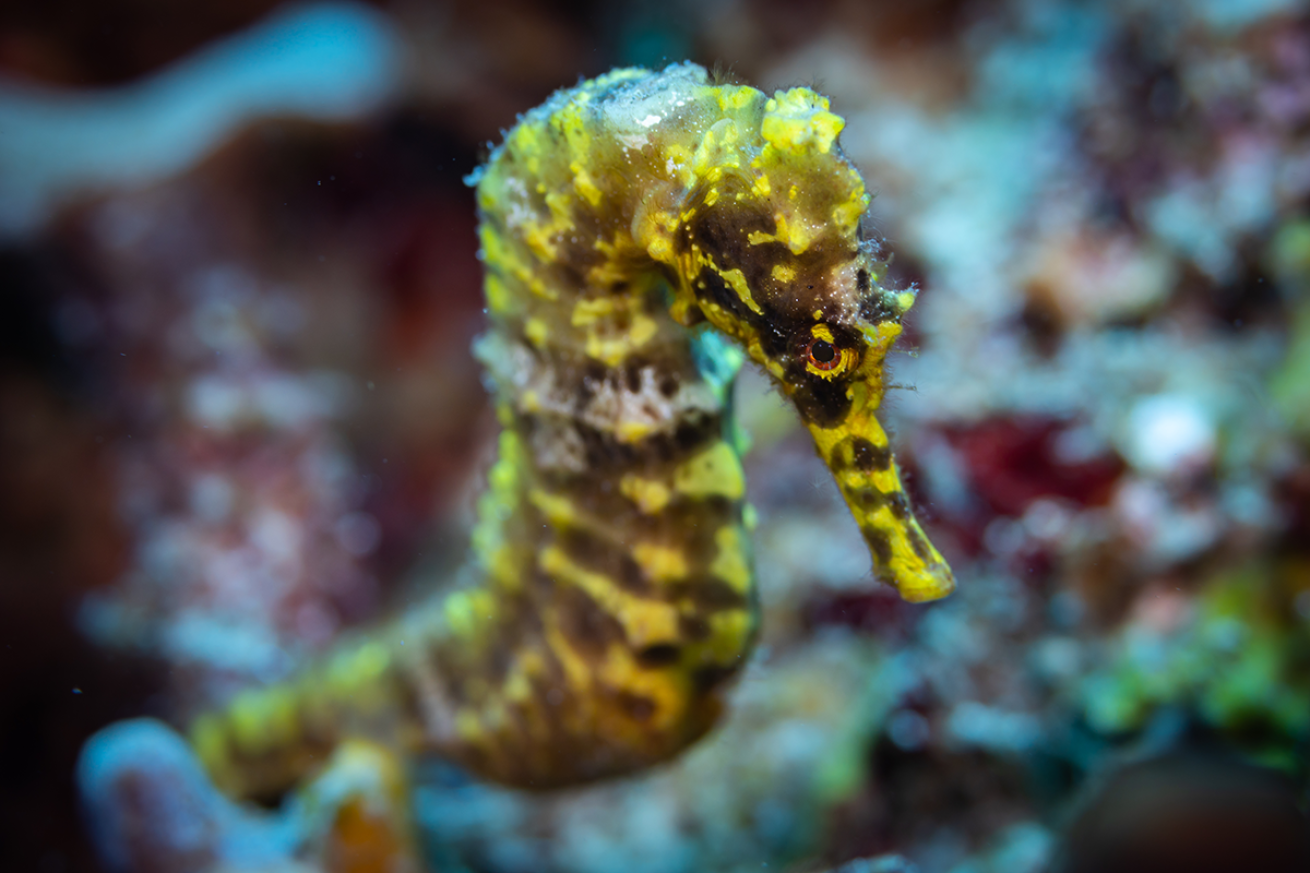
Chat Nuttall/Sea SabaSeahorses have been spotted mating at Hot Springs.
In the eyes of Sea Saba’s Nuttall, this is the most underrated site. Magma in the chamber under Saba’s still-active volcano sends gasses up through the sand, marking it with mustard or brown-colored spots. If you stick your hands in the sediment here, it’ll be a few degrees warmer than the surrounding sand and water. On top of being a good night dive spot, the lava fingers end in patches of turtle grass at around 60 to 70 feet deep. Gigantic green sea turtles flock here—Nuttall recalls once getting 12 turtles in the frame of one image. Divers can also spot garden eels, lettuce-leaf sea slugs and seahorses.
Need to Know
When to Visit: Saba is diveable year round, with the high season running from mid-December to mid-April.
Conditions: Water temperatures and surface conditions year-round range between 77°F and 84°F. Visibility starts at 60 feet and can reach hundreds of feet. Swells and rainfall can reduce viz, but those typically clear quickly.
Equipment: I wore a skinsuit and hood for comfort in October. Divers that get cold after multiple dives will want a 1 to 3MM wetsuit.
Getting to Saba: Travelers should fly to Sint Maarten. From there, Saba is accessible via a 12-minute flight aboard a Winair 19-seater STOL (short takeoff and landing) utility aircraft. The flight to Saba takes 12 minutes; snag a front seat to witness the expert landing on the world’s shortest commercial runway. There are four flights daily. Alternatively, two 90-minute ferry services between the islands depart daily, on alternating days.
Entry Requirements: Passport; Saba is a special municipality of the Kingdom of the Netherlands.
Dive Requirements: All diving must be done with one of Saba’s licensed dive centers.
Getting Around: A solitary main road—aptly named The Road—links the island’s four main villages. Given that the 5-square-mile island rises nearly 3,000 feet above sea level, the road can get quite steep. Travelers can rent a car in the villages of The Bottom or Windwardside, or book a shuttle with your hotel or dive shop. I used one of the local taxi services; my driver guided me around the island for the entire stay.
Topside Tips: Saba’s world-class trails include Sandy Cruz Trail, which has the island's best views, and Mas’Cohone’s Hill, which delivers mountain-top views of neighboring islands in under half an hour. Maps are available at the Trail Shop in Windwardside. Soak up island history at the Saba Museum, or take make your own glass art and jewelry with a class at Jo Bean’s Glass Art Studio in Booby Hill. Toast the sunset over dinner at Tropics Cafe at Juliana’s Hotel.

